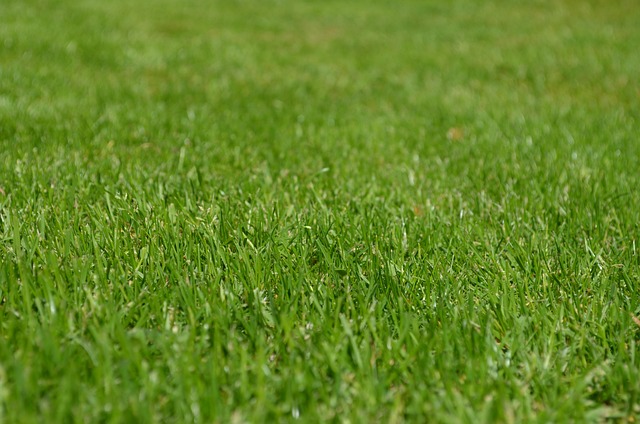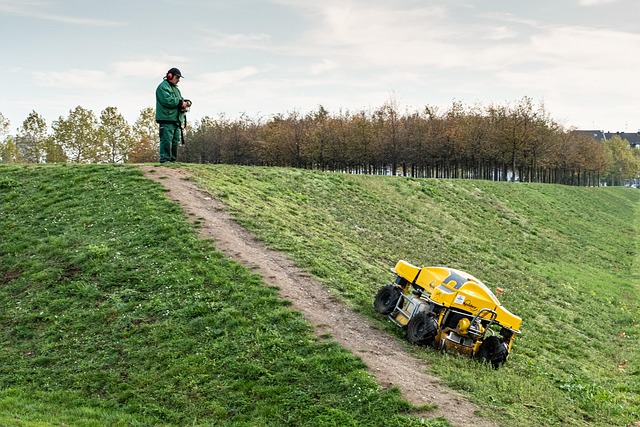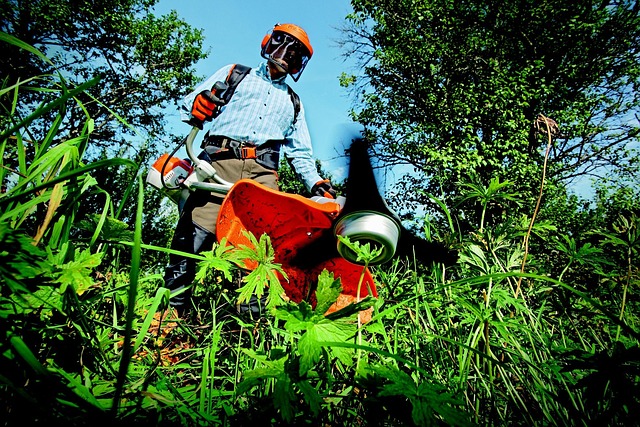Lawn fungus, including dollar spot, brown patch, and rust diseases, poses significant challenges for homeowners in Colorado Springs due to the region's unique climate. Early detection of visual symptoms like circular patches, powdery coatings, and spongy grass is crucial for effective treatment and restoration of turf health. Accurate identification through professional evaluation is key to managing and preventing future fungal issues specific to Colorado Springs' environment.
“Uncover the secrets of a healthy lawn with our comprehensive guide to identifying and managing lawn fungus in Colorado Springs. Understanding the diverse types of fungal infections plaguing your yard is the first step towards effective control. This article equips homeowners with essential knowledge, teaching them to recognize common symptoms through visual identification. Learn proven evaluation techniques for thorough inspections and discover a range of treatment options tailored to specific fungi. Embrace long-term prevention strategies to maintain a lush, vibrant lawn.”
- Understanding Lawn Fungus: Types and Common Symptoms
- – Different types of lawn fungus in Colorado Springs
- – Visual identification of common fungal issues
Understanding Lawn Fungus: Types and Common Symptoms

Lawn fungus, a silent invader, can wreak havoc on your lush green turf in Colorado Springs. Understanding this stealthy enemy is the first step towards identifying and treating it effectively. There are numerous types of lawn fungi, each with its unique characteristics and symptoms. Common varieties include dollar spot, brown patch, and rust diseases, which manifest as circular patches of dead or discolored grass.
Identifying lawn fungus involves careful observation. Look for patches of grass that appear thinner, weaker, or discolored compared to the rest of your lawn. You might notice a powdery or dusty coating on the grass blades (a sign of mold), or the grass may feel soft and spongy beneath your feet. Early detection is crucial as these symptoms can be indicative of various fungal infections, each requiring specific treatment methods.
– Different types of lawn fungus in Colorado Springs

In Colorado Springs, homeowners often face unique challenges when it comes to maintaining a lush and healthy lawn due to various environmental factors. Among these challenges is the presence of different types of lawn fungus. The region’s climate, characterized by mild winters and hot summers, creates conditions favorable for fungal growth, leading to common issues like patchy grass, discolored turf, and weakened overall lawn health.
Identifying lawn fungus in Colorado Springs requires a keen eye as these fungi can manifest in various ways. Some of the most prevalent types include Rhizoctonia solani, commonly known as pink or grey mold; Fusarium species, often causing brown patch; and Pythium spp., responsible for water-soaked spots. Professional lawn evaluation is crucial for accurately diagnosing these problems, as only then can effective treatment strategies be implemented to restore the lawn’s beauty and vigor.
– Visual identification of common fungal issues

In Colorado Springs, identifying lawn fungus is a crucial step in effective lawn care. Visual inspection is often the first and most accessible method to detect fungal issues. Common signs include discolored patches on the grass, usually appearing as spots or stripes, which may be brown, yellow, or white. These patches can vary in size from tiny specks to larger areas, depending on the type of fungus and environmental conditions. Additionally, affected grass blades might become thin, weak, and prone to tearing, while excessive growth of mushrooms or mold around the infected areas is also indicative of fungal activity.
Homeowners should look for consistent patterns of damage, as this can help in identifying specific fungal species. For instance, dollar spot fungus creates circular patches with a characteristic brown center and lighter outer ring. Rust fungi produce orange or yellow powdery deposits on grass blades, accompanied by rust-colored spots. Early detection is key; addressing these visual indicators promptly can prevent further spread and restore your lawn’s health.
Identifying lawn fungus in Colorado Springs is a crucial step in maintaining a healthy and vibrant lawn. By understanding the different types of lawn fungus and their common symptoms, homeowners can promptly address issues before they escalate. Regular evaluations by professional lawn experts play a vital role in navigating this complex landscape, ensuring your lawn receives the care it needs to thrive in the local environment. Remember that early detection is key to fostering a lush, thriving yard, so take a dive into these insights and consult with a lawn care specialist for tailored solutions.
